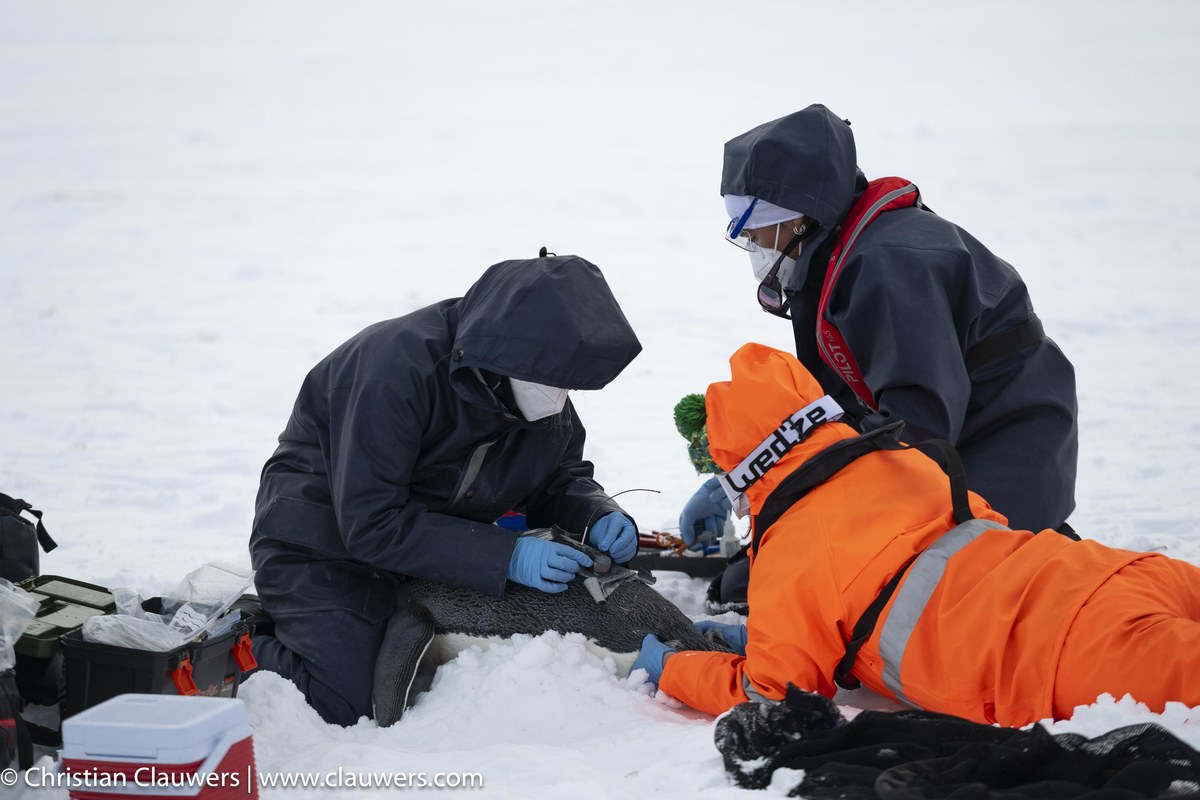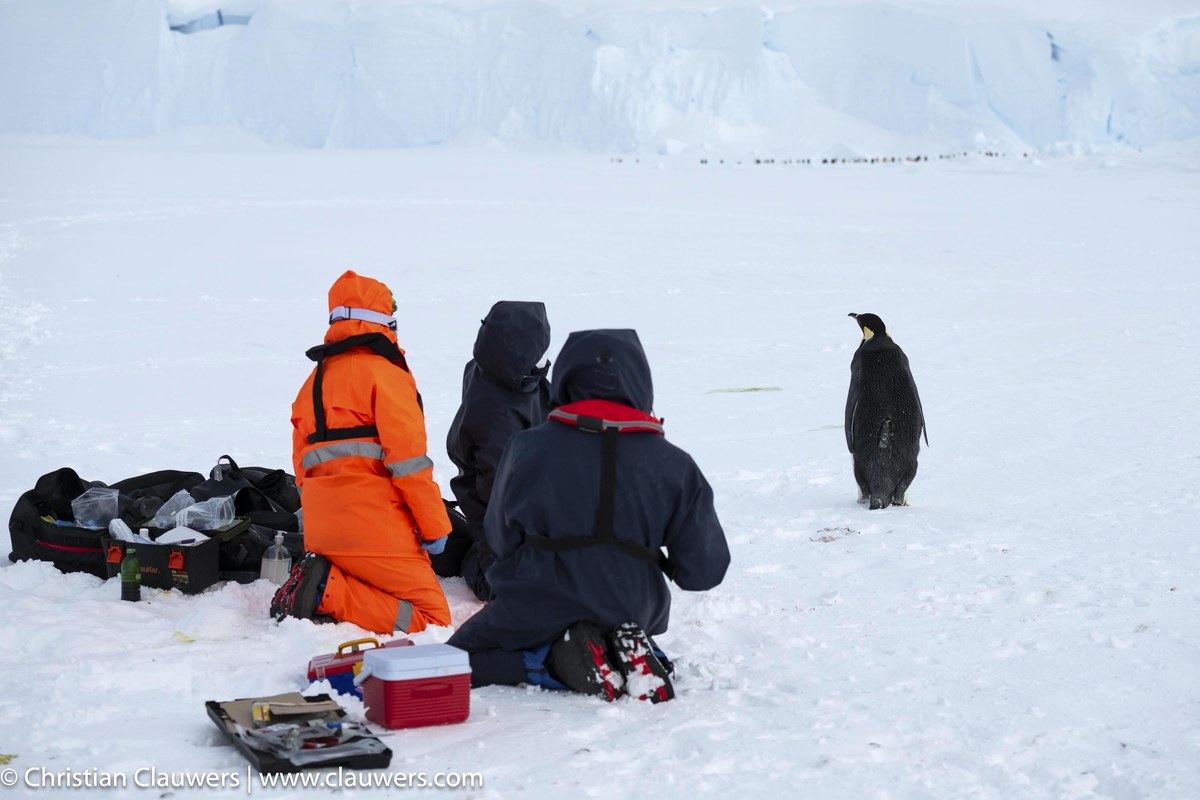Scientific research in Antarctica is essential to understand changes in biodiversity and climate

https://arab.news/vr9re
It is about minus 20 degrees Celsius. We have not seen a human or settlement for more than a week. Our ship is now the remotest, most isolated floating village on the planet. We are at Marie Byrd Land, bound for the Ross Sea, on a month-long Antarctic expedition.
The nautical charts on the bridge are showing blind spots — “uncharted territory” on the admiralty charts, or “zone non hydrographiee” on the French charts. Sailing in the least-known corner of our planet is not only hazardous but also challenging. Especially when we hit the pack ice and the ship roars through the thick blocks of frozen water.
Seventeen scientists, nine nationalities, four research projects. There is an atmosphere of cooperation and group spirit on the rolling ship, while our eyes, cameras and instruments witness environments yet to be explored, deep in the Southern Ocean.
The 17 scientists on this expedition all share the same goal: To provide data and knowledge about Antarctic biodiversity including algae, penguins, phytoplankton, zooplankton and krill; marine mammals such as whales; and evolutionary distribution of sea birds such as penguin populations.

Their research contributes to insights about the effect of environmental change on species biogeography, sea ice decline, phytoplankton and glacial evolution.
This Antarctic journey, deep in the Bellingshausen, Amundsen and Ross seas, goes to the boundaries of the known world. The horizon stretches into infinity, the magical midnight sun shines in the middle of the night at 71 degrees south, and Adelie penguins are looking for a social encounter. This is the white magic of terra incognita.
In these regions, all data are new, valuable and unique. The Southern Ocean (and especially the Ross Sea) is a blind spot for scientific data. This is why I follow and document the work of these renowned scientists here on this scientific mission.
Paleoclimatologists, who study climate history, seek to identify the causes of past climate changes to better understand our current and future climate. They take ice cores, which are cylinders of ice drilled from ice sheets and glaciers. Essentially, these are frozen time capsules that allow scientists to reconstruct climate far into the past.
Meanwhile, another team is taking samples of marine algae to understand how the presence of zooplankton is related to the decline in sea ice, a direct result of global warming.
The oceanographic team takes daily water samples at various water depths with Niskin bottles. Using a CTD instrument — to determine conductivity, temperature and depth — scientists measure the conductivity, temperature and pressure of the seawater. Pressure is closely linked to depth. Conductivity is used to determine salinity.
Their research contributes to insights about the effect of environmental change on species biogeography, sea ice decline, phytoplankton and glacial evolution.
Christian Clauwers
Using a hydrophone, another team of marine biologists is measuring the presence of whales via acoustic recordings and trying to visualize migration patterns.
Researchers of the BASE Millennium Institute, or Biodiversity of Antarctic and Subantarctic Ecosystems, from Chile are interested in the evolutionary history of seabirds such as emperor penguins. By knowing the distribution of the penguins, researchers and policymakers will be able to know the important areas where they are foraging so that they can see where protection is needed.

Marine biologists are taking field samples, such as blood, soil sediment and others, that are later analyzed in the laboratory. Penguin droppings are being studied to see if Avian Influenza, or bird flu, has made its appearance in these remote areas of Antarctica.
Two Australian scientists focusing on blue whales are also measuring the aerosols in the atmosphere to calibrate satellite imagery for Earth observation, a precise and honorable assignment that they conduct for NASA. Aerosols determine how the satellite cameras interpret the color of the ocean during weather observations (which include cloud cover) and oceanographic observations (for ocean color).
Another scientist from the University of Colorado in the US is researching black (anthropogenic) carbon particles in snow and ice. Clean snow reflects sunlight and keeps the planet cool, whereas dirty snow absorbs sunlight and heats up, accelerating melting, known as the albedo effect. Carbon not only has health implications but also accelerates global warming because it absorbs heat.
In line with the research of the international research teams, I gave lectures on board about how climate change is having a global impact, such as rising sea levels affecting Pacific Islanders. I showed the inside of the Svalbard Global Seed Vault, a facility for preserving and securing the world’s seed biodiversity for future generations. The scientists shared their knowledge and presented their key findings from the past month for all aboard the icebreaker.
• Christian Clauwers is an EU climate pact ambassador and a professional documentary photographer exploring the relationship between humans and nature, with a focus on science, biodiversity and climate change, especially on oceans and polar regions.









































